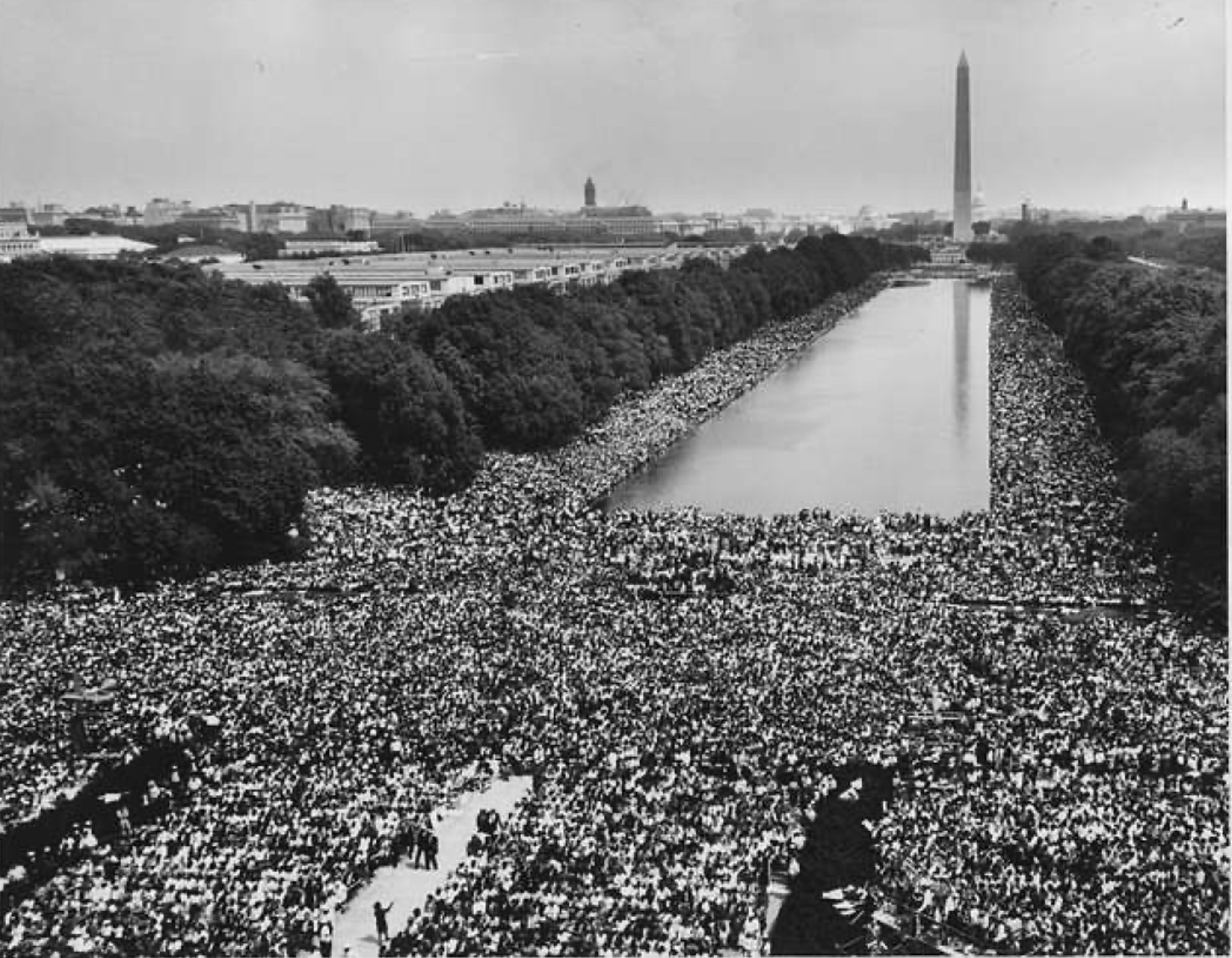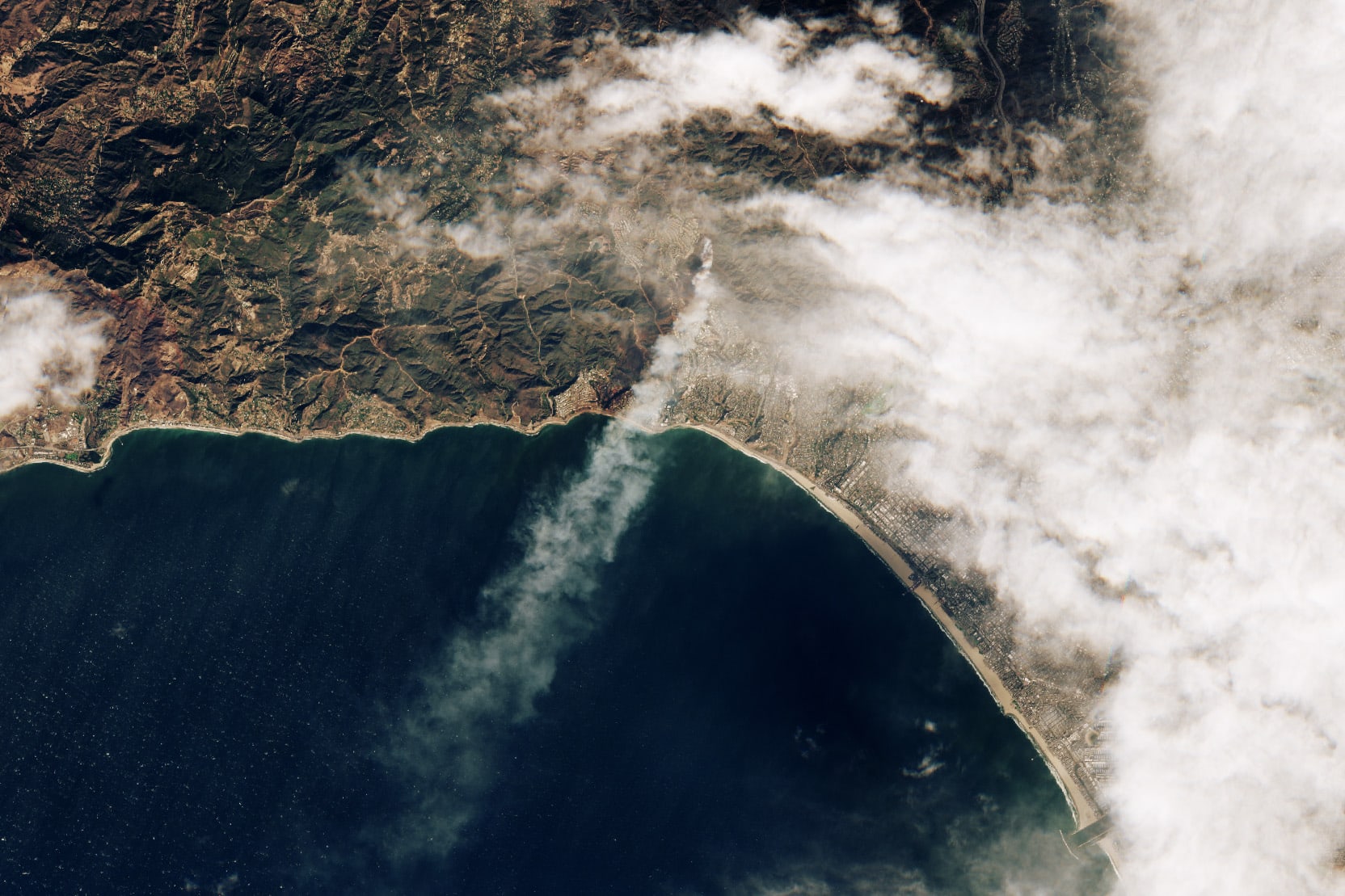
Truman Enacted the ‘Marshall Plan’ to Rebuild Europe After World War II On This Date
How do you feel about the Marshall Plan on its anniversary?
On April 3, 1948, President Harry Truman signed the Foreign Assistance Act of 1948 into law, aiding European countries in their economic recovery from the destruction wrought by World War II under what became known as the "Marshall Plan".
Why did the Marshall Plan come up?
When World War II ended, Europeans faced a daunting challenge to rebuild their nations and societies while mourning the deaths of tens of millions of people on the continent, which was at war from September 1939 to May 1945.
Western and Eastern Europe endured defeat and occupation at the hands of Nazi Germany and eventually celebrated liberation by the Allies, but much of Europe’s industrial infrastructure ― like factories, railways, roads, bridges, and ports ― were in ruins. The economic devastation was so great that some regions were on the brink of famine.
The U.S. and its Western allies were also concerned by the Soviet Union’s expansionism. The Red Army continued to occupy much of Eastern and Central Europe despite the war’s conclusion, and communist satellite governments sympathetic to Moscow were established in those countries. That led Winston Churchill, Britain's wartime prime minister, to warn that “an iron curtain has descended across the continent” in 1946.
The U.S. had already begun providing financial aid to two nations on the frontline of the fledgling Cold War against communism ― Greece and Turkey ― when President Truman appointed George C. Marshall as secretary of state in 1947. Marshall coordinated much of the Allied strategy during World War II as Army chief of staff, and became well-known as America’s first five-star general in the process.
At the State Department, Marshall began developing the framework of an economic recovery plan for Europe with the help of others, such as diplomat George Kennan. In a commencement speech at Harvard University on June 5, 1947, Secretary of State George Marshall unveiled the strategy:
“The truth of the matter is that Europe’s requirements for the next three or four years of foreign food and other essential products – principally from America – are so much greater than her present ability to pay that she must have substantial additional help, or face economic, social and political deterioration of a very grave character… Aside from the demoralizing effect on the world at large and the possibilities of disturbances arising as a result of the desperation of the people concerned, the consequences to the economy of the United States should be apparent to all. It is logical that the United States should do whatever it is able to do to assist in the return of normal economic health in the world, without which there can be no political stability and no assured peace. Our policy is directed not against any country or doctrine but against hunger, poverty, desperation and chaos. Its purpose should be the revival of a working economy in the world so as to permit the emergence of political and social conditions in which free institutions can exist.”
What did the Marshall Plan do?
The European Recovery Program was joined by 16 Western European countries that would receive assistance ― the largest recipients being Great Britain, France, and West Germany. Participating countries requested the type of assistance they needed through the U.S. Economic Cooperation Administration (ECA), which helped local governments administer the funds that would in turn be repaid to the local governments (and then lent out to drive further growth). The Bureau of Labor Statistics also helped by implementing “productivity drives” in European nations to identify strengths and weaknesses in their industries and promote efficiency.
Funds were largely provided on a per capita basis, although the major industrial nations received slightly more aid because economists believed their revival would have positive effects for their neighbors. Nations that fought with the Allies during the war also received slightly more assistance, and those that remained neutral or fought with the Axis (like Italy) got slightly less.
The program was open to communist nations at first, but the Soviet Union feared that if its satellite nations participated they’d become subject to economic domination by the U.S. and Western Europe nations. As a result, the communist bloc didn’t participate and the Soviet Union forced several nations in its sphere of influence to pay it reparations.
The Foreign Assistance Act generally well-received in Congress, and passed through both chambers with broad bipartisan support in the spring of 1948. At a signing ceremony on April 3, 1948, President Harry Truman commented that those “who are skeptical of the effectiveness of a democratic system should ponder the lesson of the enactment of this measure”, and added:
“The Foreign Assistance Act is the best answer that this country can make in reply to the vicious and distorted misrepresentations of our efforts for peace which have been spread abroad by those who do not wish our efforts to succeed. This measure is America’s answer to the challenge facing the free world today.
It is a measure for reconstruction, stability, and peace. Its purpose is to assist in the preservation of conditions under which free institutions can survive in the world. I believe that the determination of the American people to work for conditions of enduring peace throughout the world, as demonstrated by this act, will encourage free men and free women everywhere, and will give renewed hope to all mankind that there will one day be peace on earth, good will among men.”
What was the Marshall Plan’s impact?
The Marshall Plan provided roughly $13 billion in financial assistance to participating Western European nations over the course of four years ― much of which went to imports of raw materials, food, machines, vehicles, equipment, and fuel from the U.S.
The Marshall Plan ended two years earlier than planned in 1951, in part because of the cost of the Korean War, but it had the effect of accelerating the fastest period of economic growth in Europe’s history. Industrial and agricultural productivity grew rapidly, while the dire poverty and starvation that was pervasive immediately after the war’s end in Western Europe was largely eliminated.
The Marshall Plan also stemmed the rising tide of communism by delivering political stability, as communist parties that were gathering strength in France and Italy faded from popularity following Western Europe’s economic resurgence. It also helped lay the groundwork for the creation of the North Atlantic Treaty Organization (NATO) in 1949, as all of the 10 European nations that were founding members of NATO also received aid under the Marshall Plan.
Additionally, the humanitarian success of the Marshall Plan helped institutionalize and legitimize the concept of foreign aid programs as a part of U.S. foreign policy. And for his efforts as the architect of the Marshall Plan, George C. Marshall was awarded the 1953 Nobel Peace Prize, becoming the first general to receive the honor.
— Eric Revell
(Photo Credit: St.Krekeler via Wikipedia.de & National Archives and Records Administration / Public Domain)
The Latest
-
 Changes are almost here!It's almost time for Causes bold new look—and a bigger mission. We’ve reimagined the experience to better connect people with read more...
Changes are almost here!It's almost time for Causes bold new look—and a bigger mission. We’ve reimagined the experience to better connect people with read more... -
 The Long Arc: Taking Action in Times of Change“Change does not roll in on the wheels of inevitability, but comes through continuous struggle.” Martin Luther King Jr. Today in read more... Advocacy
The Long Arc: Taking Action in Times of Change“Change does not roll in on the wheels of inevitability, but comes through continuous struggle.” Martin Luther King Jr. Today in read more... Advocacy -
 Thousands Displaced as Climate Change Fuels Wildfire Catastrophe in Los AngelesIt's been a week of unprecedented destruction in Los Angeles. So far the Palisades, Eaton and other fires have burned 35,000 read more... Environment
Thousands Displaced as Climate Change Fuels Wildfire Catastrophe in Los AngelesIt's been a week of unprecedented destruction in Los Angeles. So far the Palisades, Eaton and other fires have burned 35,000 read more... Environment -
 Puberty, Privacy, and PolicyOn December 11, the Montana Supreme Court temporarily blocked SB99 , a law that sought to ban gender-affirming care for read more... Families
Puberty, Privacy, and PolicyOn December 11, the Montana Supreme Court temporarily blocked SB99 , a law that sought to ban gender-affirming care for read more... Families
 Climate & Consumption
Climate & Consumption
 Health & Hunger
Health & Hunger
 Politics & Policy
Politics & Policy
 Safety & Security
Safety & Security
